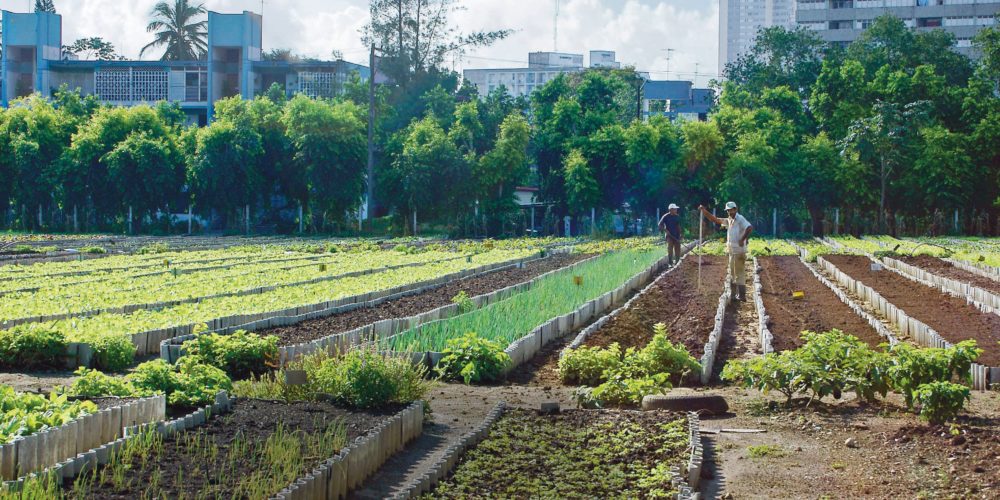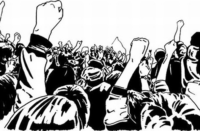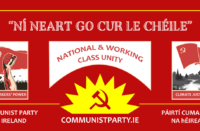The Soviet Union put a massive emphasis on forest preservation and set up zapovedniki (nature reserves), set aside for scientific research. By the 1930s enough new forests had been created to cover an area the size of Mexico.
The country was also home, by the 1980s, to one of the largest conservation societies in the world, the All-Russian Conservation Society, set up in 1924. Established under Lenin, it declined under Stalin but was renewed in the post-war period and by the 1980s had succeeded in having Soviet policies changed to reflect the growing awareness of people about climate change. So much for there being no democracy in the USSR!
The post-war period saw the launch of the Great Stalin Plan for the Transformation of Nature, which at that point was the largest afforestation plan in history, planning for 15 million acres of new forests. It was—and this is a point worth emphasising—“the world’s first explicit attempt to reverse human-induced climate change.”
The plan was discontinued, but its ambition is worth remembering. For context, the period in which it was discontinued is known to ecologists as the Great Acceleration, when the amount of carbon emissions and pollution began to skyrocket, along with consumerism, nuclear testing, and military pollution.
The massive potential of the ecological movement in the Soviet Union was cut short by the counter-revolutions in 1989. Had socialism not been overthrown, who knows where we would be now?
After the events of 1989–91 socialist Cuba lost 85 per cent of its trade and entered what they call the Special Period, the era in the 1990s when Cuban socialism faced its greatest challenges.
After the revolution in 1959, Cuba had been forced to move closer to the Soviet sphere of influence. The Cuban economy had been built on the back of sugar exports to the United States (think of Ireland and cattle exports to Britain). After the nationalisation of American companies, Cuba began to export sugar to the Soviet Union and eastern Europe instead, in return for oil and food imports. It was these ideas that led Cuba from survival to sustainability. The people were forced to defend socialism with the minimum of food, energy imports, and crippling sanctions, without any aid.
In response to the breakdown of the transport system, the state imported more than a million bicycles from China, and also produced hundreds of thousands itself. A re-localisation policy meant that schools and hospitals would always be sited in communities. Despite the cutting of the food ration in the Special Period, not a single health clinic or school was shut down. This not only reinforced the collective ethos that is one of the main strengths behind the Cuban health system but was also practical, in that it reduced the total distance people had to travel.
The collective farm system was completely overhauled, with more than 60 per cent of the inefficient state farms being broken up and given over to worker-owned co-operatives. The small average size allows for the use of animals, such as oxen, instead of tractors. The largely regulated market price that does exist means that animals are fed much less than they are here. 90 per cent of the produce is organic, with limits on the use of pesticides and genetically modified organisms.
A point worth highlighting is the status of the agricultural workers themselves. Traditionally in Latin America the agricultural labourer is among the most exploited in society, with a disproportionate number of them black or indigenous. However, in Cuba the agricultural workers—who were the main base of the revolution in its formative years—are often university-educated, are paid well, and are members of a trade union, which means that, along with the emphasis on local public utilities, Cuba is probably the only place in the world where the standard of living is higher in the countryside than in the towns.
During the Special Period people were forced to grow their own food in the cities, usually in old, derelict areas. The state established a department to facilitate this movement and to provide education, seeds, tools, etc. And the movement grew, with schools, work-places, apartment blocks and all institutions tending to have their own little plot next door for their food. Not only is this practical, it also develops a collective responsibility among people. Today more than 60 per cent of all fruit and vegetables grown in Havana is grown in urban plots.
These policies have allowed Cuba to become the world’s most sustainable country, according to the UN’s Human Development Index. The changes to the constitution in 2018, which were endorsed by 86 per cent of the electorate, included a pledge against climate change, the first example of a constitution to do so.
Fundamentally, the climate emergency can only be solved by the people themselves. It cannot be solved with a “green capitalism,” which is more capitalist than it is green. The problem is monopoly capitalism itself; and such broad ideologies as “eco-socialism,” much like “democratic socialism,” with their promise of a so-called Green New Deal, serve only to pull the wool over people’s eyes. The Nordic countries have been just as much a disaster for the environment; Norway is the seventh-worst source of carbon dioxide emissions.
The reality is that socialism, past and present, provides the solution. The climate struggle will be proved by history to be this generation’s Battle of Stalingrad; and we all know who won the first one.






